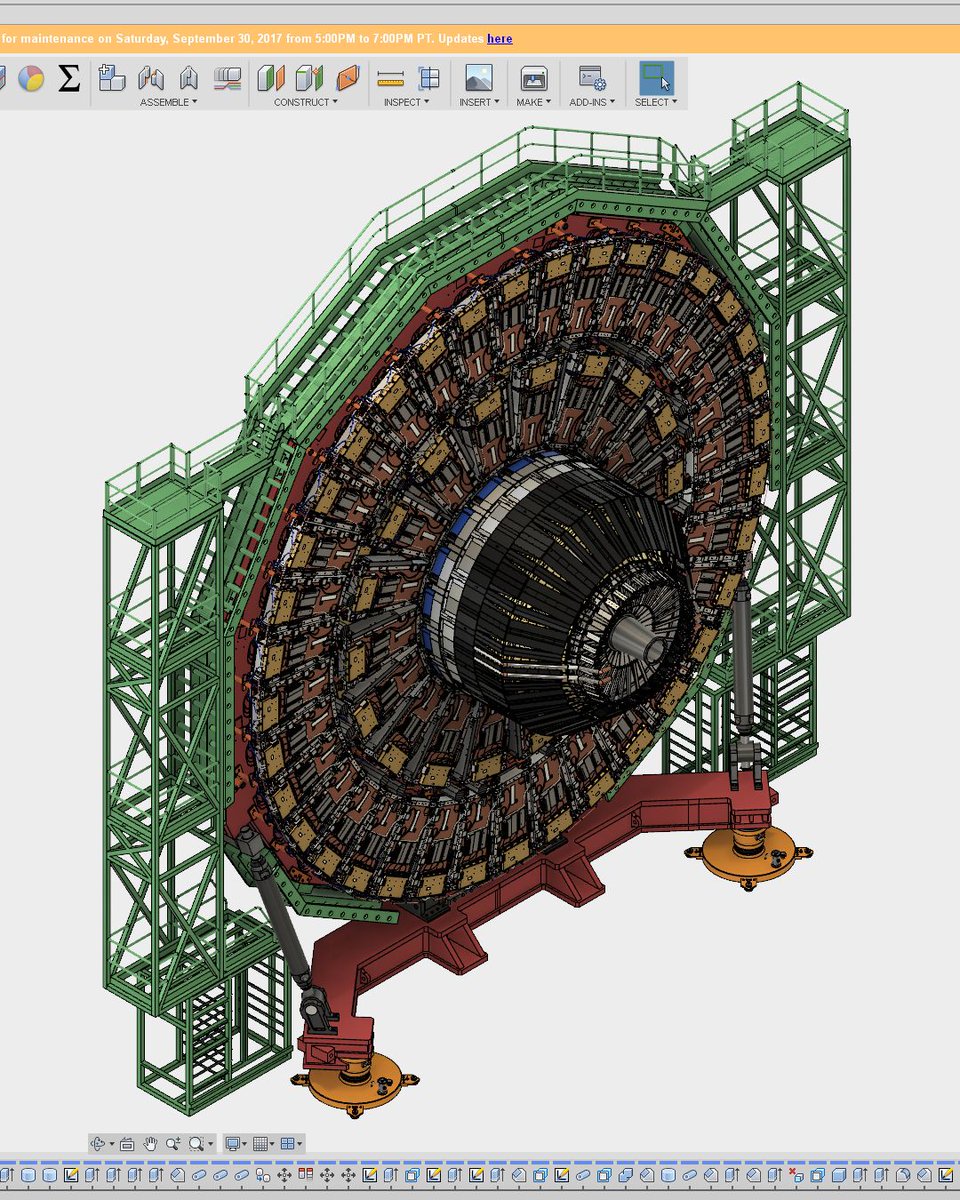
When opened in its own tab, the new component appears where it was when it was created. However, because no joint was created when the new component is not connected to the bracket. After exiting the EIP session everything appears correct. As a result, new components created while in EIP may appear to “jump” or change position when exiting an EIP session or when the xref is opened in its own window.Ībove is a starting Pivot Assembly and below shows a new Extension plate created by editing the xref in place. While editing an XREF, components can be created, but cannot be properly positioned because joints are currently disabled while active in EIP. If the EIP pencil icon is missing from an xref in the browser this is likely the reason.Ĭomponent positioning in EIP (Incomplete – Joints disabled in EIP) Note: Because assembly contexts require a timeline, direct models (models without timelines) are not currently supported for EIP.

When the context is synchronized with the assembly, the position of the holes are updated to reflect the change. When the position of the motor changes in the assembly, the associated context becomes out of sync. In the video below, the position of the motor in the assembly will control the position of the holes in the external plate through an assembly context.

When the context is activated components are repositioned to reflect their assembly-level positions and can be reference by design features in the XREF. When the XREF is opened on its own each assembly context and the geometry referenced are available for use in the XREF. All geometry and positions referenced are derived into the When references are made between a parent assembly and an xref an Assembly Context is created.Īn Assembly Context consists of two items a context marker in the assembly timeline to identify the moment the references were created and an Assembly Contexts folder in the browser of the xref. (*Assembly contexts are complete, but will experience minor workflow adjustments to accommodate completion of the feature set.)Įdit in Place also enables the ability to reference assembly-level components and their position while creating features in the external files. This workflow is the equivalent of opening the Saddle Assembly in its own tab, making the same changes, saving, closing, returning to the assembly and refreshing to pull the changes into the assembly. The changes seen in the video are made only within the local component and don’t reference assembly geometry or positions in any way. When Edit in Place is finished and focus returns to the assembly, the changes are consumed and the assembly is updated to reflect the changes made to the XREF.

Next, a local component in the xref is activated, a hole and fillets are created, and a sketch dimension is updated. In the video below an XREF is activated for Edit in Place. Non-associative EIP is any edit or feature that does not create references outside the component being edited. When the assembly context is synchronized features referencing the context will be updated accordingly. Updates at the assembly level can be pulled into the xref by synchronizing the assembly context. These connections, called Assembly Contexts, allow part of the assembly to be derived into the external files, so the external file can be developed independently from the main assembly. Edit in Place is not intended to completely remove the need to open an xref in its own window while designing, but instead reduces the need to jump between design tabs to edit features in each xrefs.Įdit in Place also enables associative connections between an assembly and an xref. Assembly Associations – Enables associative referencing of assembly geometry from within the XREF via Derived Assembly Contexts.Įdit in Place is the ability to access and make changes to an externally referenced file (xref) from within the context of a parent design.In-Context Editing – Editing from within a larger assembly provides a better context and understanding of related and surrounding components.

Autodesk fusion 360 assembly software#
The software being enabled is ready for public use but is missing specific features to call complete. We are excited to open the EIP technology to the public on an opt-in basis. Welcome to the Edit in Place (EIP) preview.


 0 kommentar(er)
0 kommentar(er)
